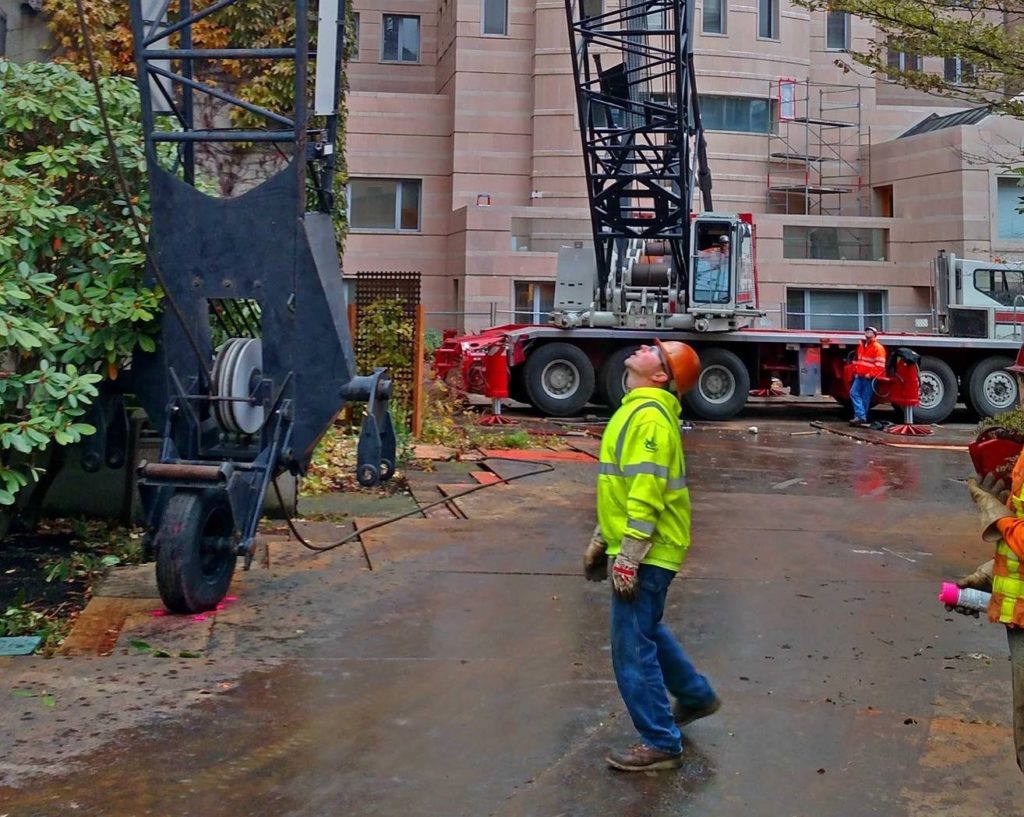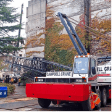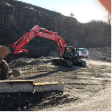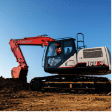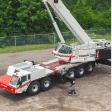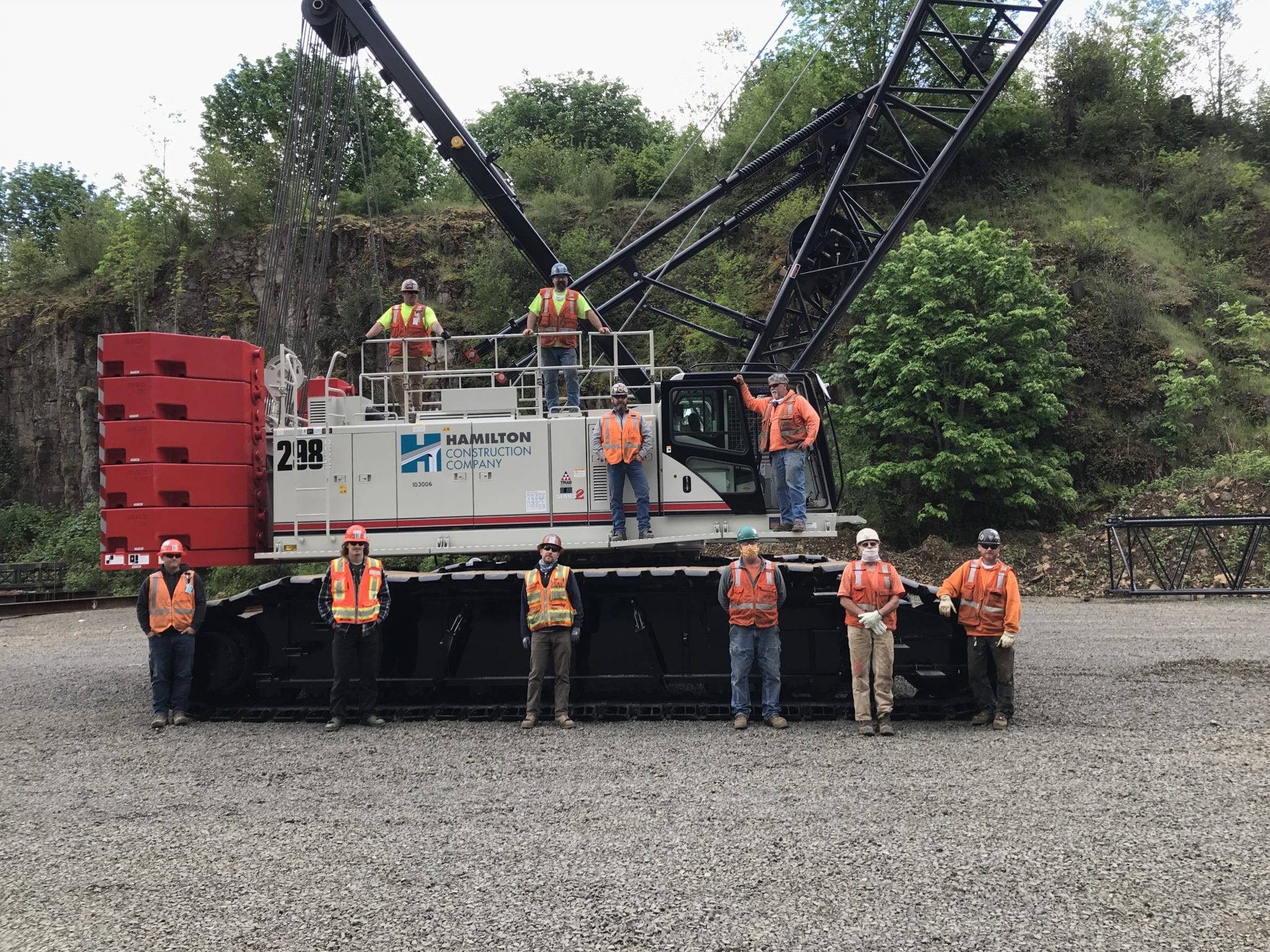For this month’s Safety Corner, we’ve got some basic safety practices to be aware of when on the job:
Safety Practice #1: Avoid Distractions While At Work
“DWAW,” or Distracted Walking at Work, can be a major workplace hazard on active job sites. DDAW can cause accidents that might result in serious injury:
- Walking into fixed objects
- Being struck by a forklift or moving vehicle
- Walking over a curb or into a ditch
- Tripping over an object or walking into a person
- Walking under a lifted load
Cell phones are one of the main sources of workplace distractions. Be mindful of your cell phone use when on the job, and if you are using your phone while operating a piece of equipment or vehicle, be aware that there are laws and penalties regulating cell phone use!
Safety Practice #2: Inspect Your Workspace
Workspace inspections are an important practice that should be done before beginning a task. Your work area probably remains the same day-to-day, but the areas around your general work area may be constantly changing. Look for these things when inspecting your workspace:
Tool Condition—Hand tools get daily abuse, and badly worn tools can lead to injury or damage. Inspect your tools daily to ensure they are in good working condition.
Organization of Work Area(s) – Organize your tools, materials, equipment and work area.
Trip Hazards—Trips are a major cause of injuries at work. Objects on the floor, objects hanging from equipment, and uneven ground are just a few common examples of trip hazards in the workplace. Trip hazards are some of the easiest hazards to eliminate from our work areas.
Hand Hazards—Over 1 million workers are seen in the ER for hand injuries yearly. Common hazards include burns, cuts, crushing, and fractures. Pinch points, moving parts, unguarded equipment, hot surfaces, dropped objects, etc. are all hazards that should be looked at when evaluating hand hazards during a work area inspection.
Safety Practice #3: Prevent Common Workplace Injuries
Did you know that back injuries make up ⅕ of all workplace injuries or illness? Here are some ways you can prevent back injuries on the the job:
Equipment— Use a forklift, hand truck, hoist, or dolly to eliminate lifts throughout the day.
Engineering Controls—Use mechanical lifting devices, and proper shelving or storage to keep objects at a workable height.
Administrative Controls— Focus on proper lifting techniques, agree on proper limits for weight, and ask others around you for assistance lifting equipment.
Check out our other Safety Corner articles to learn more tips about job site safety
Photo by Irvin Robison

